Search results for: “john rogers”
-
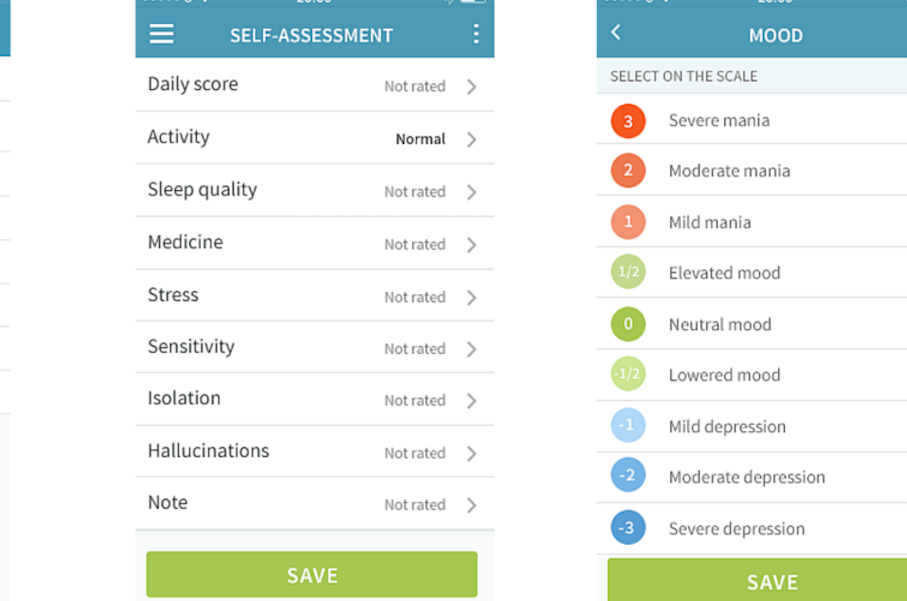
Mental illness symptoms self reported, empowering patients and alerting caregivers
Monsenso is an app created to help those who suffer from mental illness gauge their own symptoms. ApplySci applauds this and other attempts to empower the patient (as long as privacy is protected), which in itself could produce positive outcomes. Data is continuously sent to clinicians, and emergency interventions are facilitated. Monsenso users complete…
-
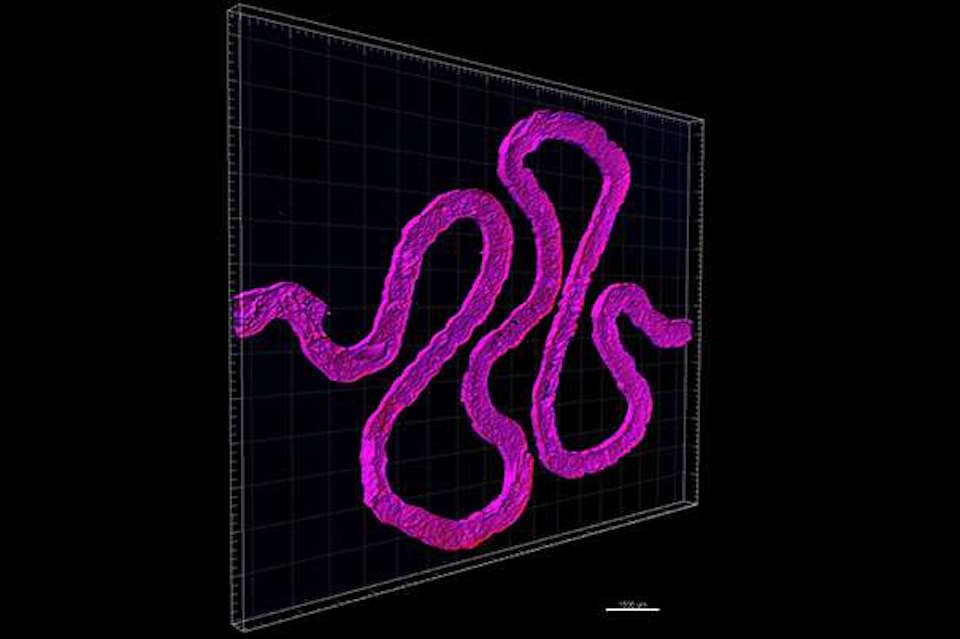
3D printed renal architecture
Harvard’s Jennifer Lewis and Roche’s Annie Moisan have used 3D printing to fabricate a small but critical subunit of a kidney. The renal architecture contains living epithelial cells. Earlier bioprinting approaches were adapted to form thick tissues. A 3D-printed silicone gasket was used to cast an engineered extracellular matrix as a base layer. “Fugitive ink” was…
-

BCI for astronaut equipment control, ground communication
The China Astronaut Research and Training Center and Tianjin University are developing a BCI system to allow astronauts to control spacecraft equipment with their thoughts. Brain impulses will be translated into words, to operate instruments and communicate with ground control. The system will be tested by astronauts in space, and information is currently displayed at the International Simulation…
-
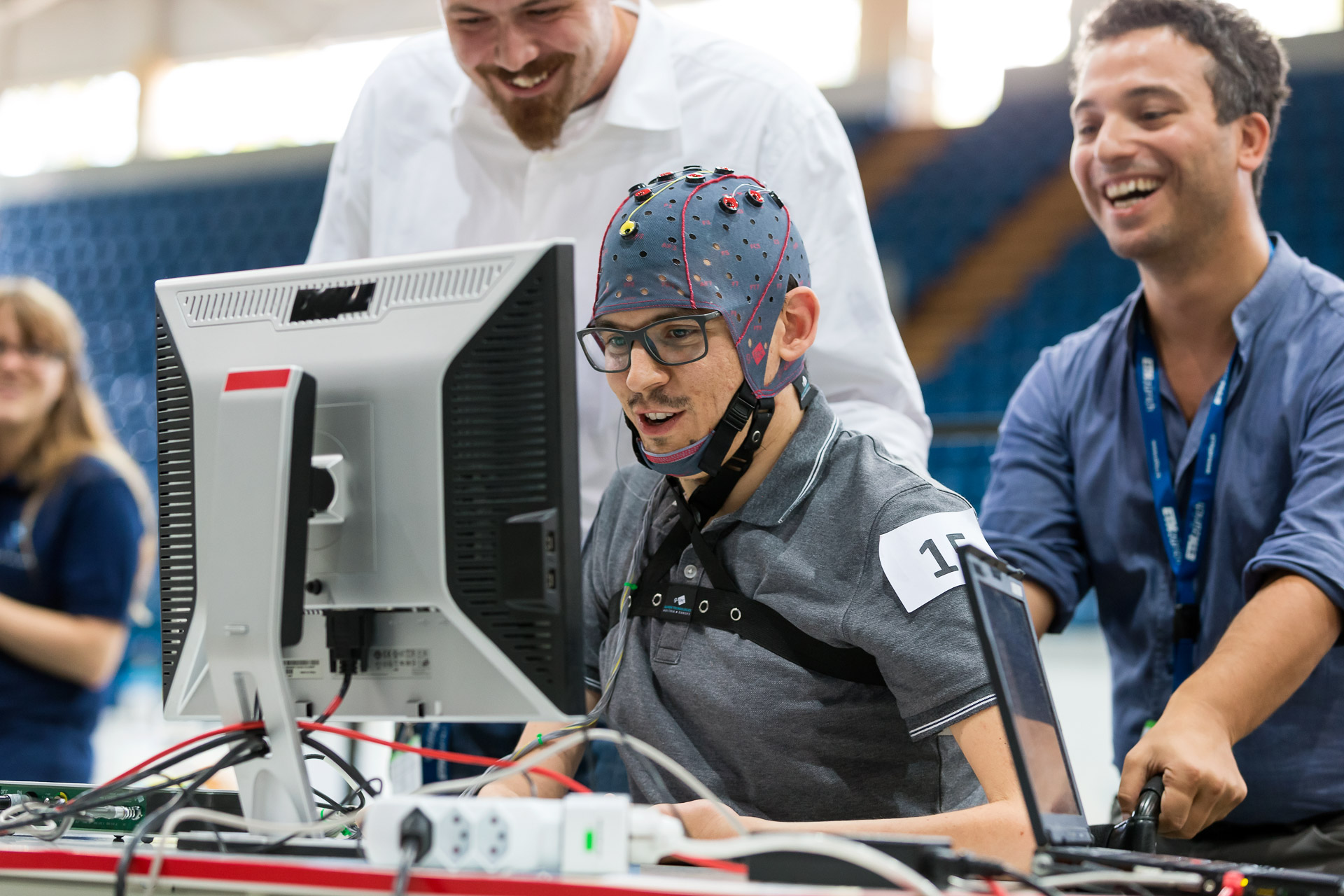
“Cybathlon” features robotic exoskeleton, BCI competitions
ETH professor Robert Riener‘s first Cybathlon will feature competitions using robotic prostheses and brain computer interfaces. Disabled participants will compete in brain controlled races and exoskeleton controlled tasks. Many will include common obstacles, like doors, ramps, and stairs, as the goal is to develop technology to increase independence and make the activities of daily living…
-

Paris Fashion Week: Smart glasses detect runway model stress
Intel has partnered with designer Hussein Chalayan to create smart glasses and belts to detect the stress level of models in his Paris runway show. The glasses have EEG electrodes near both temples, to collect brain waves. The nose bridge includes an optical sensor, to measure heart rate variability, and a microphone, to measure breathing.…
-

Verily developing low-power health wearable
While visiting Verily last week, an MIT Technology Review journalist saw and described the company’s wearable vital tracker, called the “Cardiac and Activity Monitor” by CTO Brian Otis. Its novelty is a low-power e-paper display, which will address the universal problem of battery life. Only with guaranteed continuous measurement can meaningful data be gathered and health analyzed. The…
-

Robotic hand exoskeleton for stroke patients
ETH professor Roger Gassert has developed a robotic exoskeleton that allows stroke patients to perform daily activities by supporting motor and somatosensory functions. His vision is that “instead of performing exercises in an abstract situation at the clinic, patients will be able to integrate them into their daily life at home, supported by a robot.”…
-
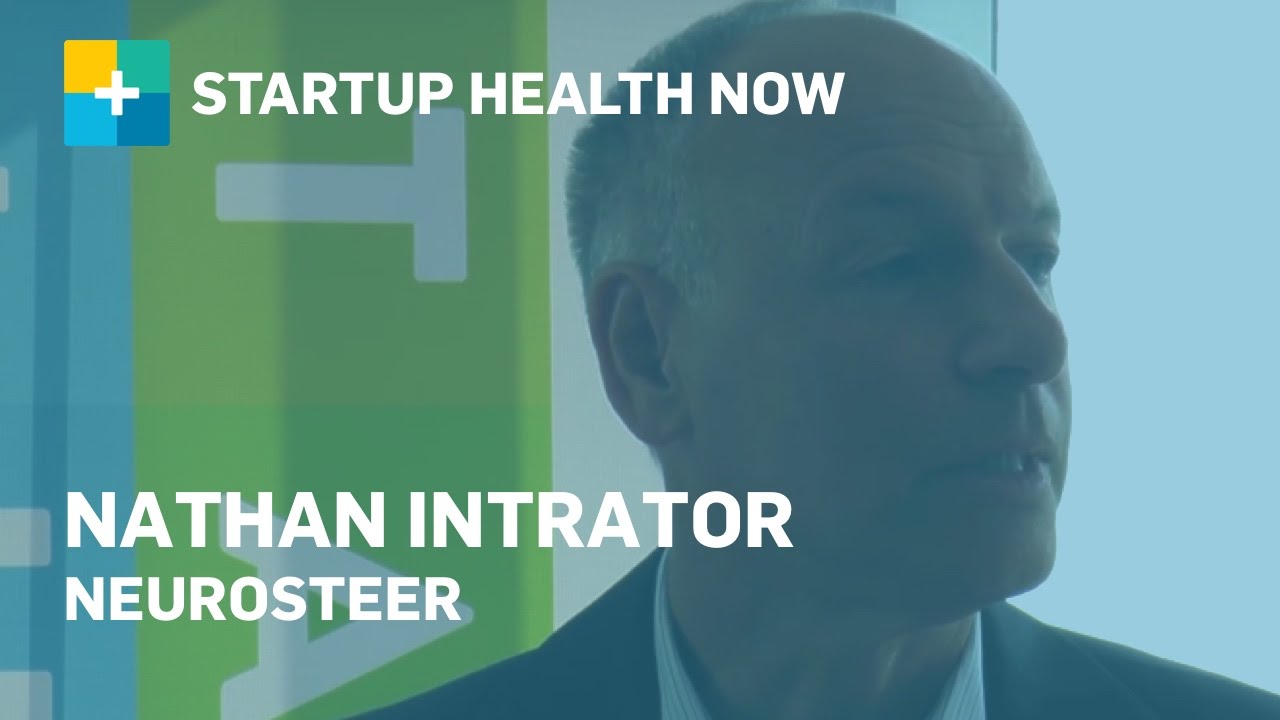
Mobile brain health management
After scanning the brains of ALS, epilepsy, minimally conscious, schizophrenia, memory impaired, and healthy patients, to monitor brain health and treatment effectiveness, Brown and Tel Aviv University professor Nathan Intrator has commercialized his algorithms and launched Neurosteer. At ApplySci’s recent NeuroTech NYC conference, Professor Intrator discussed dramatic advances in BCI, monitoring, and neurofeedback, in his…
-

Wireless signals detect emotions
Mingmin Zhao and MIT colleagues have developed a device that detects emotions remotely, emitting wireless signals to measure heartbeat and breathing. EQ-Radio detects whether a person is excited, happy, angry or sad without wearable sensors or using face recognition technology. Radio signals are reflected off a person’s body, and back to the device. Algorithms detect…
-
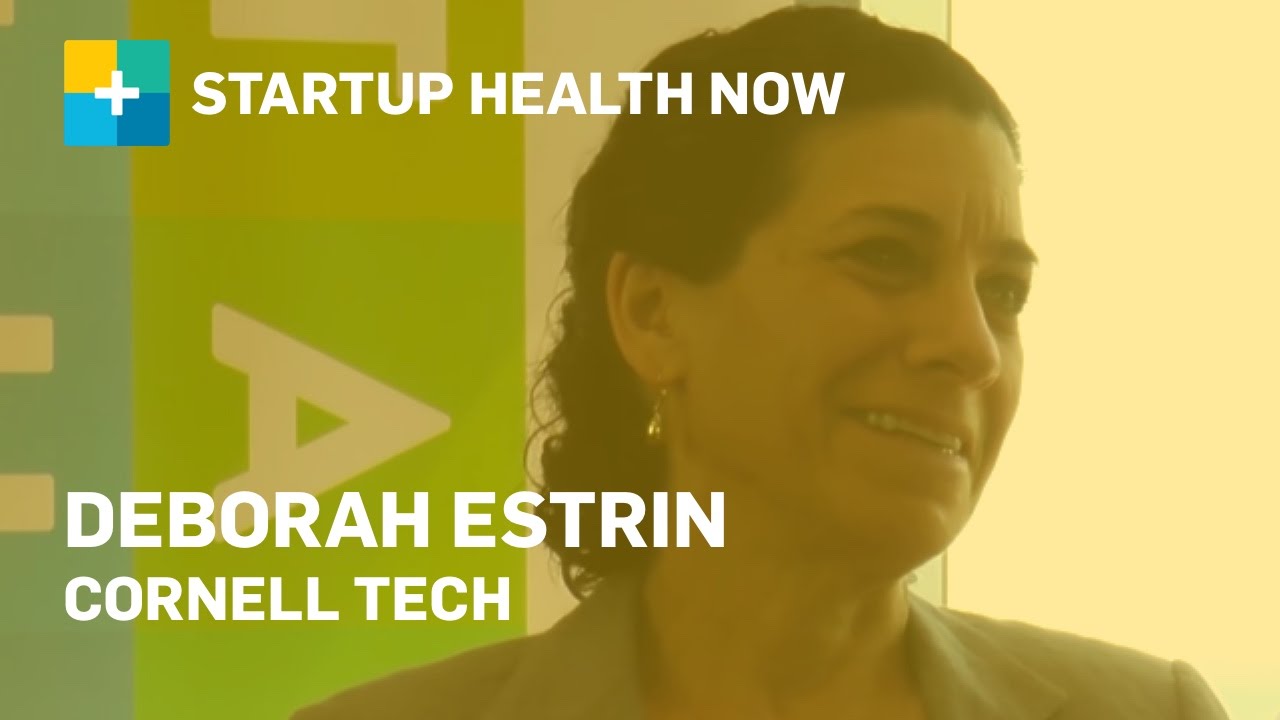
Continuously generated “small data” analysis to improve health
The discussion of “big data” analysis in healthcare continues, unabated. At ApplySci’s recent Wearable Tech + Digital Health + NeuroTech NYC conference, Cornell professor Deborah Estrin, who is also a founder of Open mHealth, described how “small data” — our digital patterns and interactions — can help physicians by creating a more meaningful representation of our…
-

Wearable + cloud analysis track Huntington’s disease progression
In the latest pharma/tech partnership, Teva and Intel are developing a wearable platform to track the progression of Huntington’s disease. There is no cure for the disease, which causes a breakdown of nerve cells in the brain, resulting in a decline in motor control, cognition and mental stability. The technology can be used to assess the effectiveness…
-

Sanofi/Verily joint venture to fight diabetes
Big pharma + big tech/data partnerships continue to proliferate. Onduo is a Sanofi/Verily joint venture that will use each company’s expertise to help manage diabetes — Sanofi’s drugs plus Verily’s software, data analysis, and devices. CEO Josh Riff and has not announced a project pipeline, as they are taking “a thoughtful approach to finding lasting…